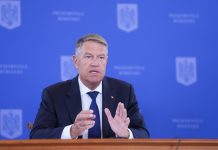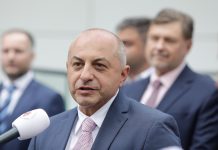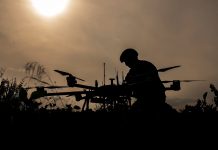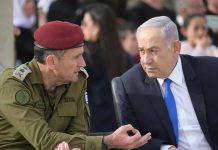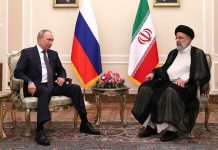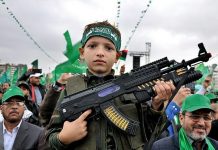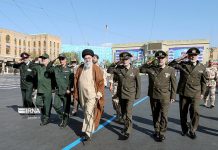Two weeks before Nicolae Ceausescu was toppled from power, Soviet leader Mikail Gorbachev unsuccessfully appealed to Communist strongman to carry out reforms.
Hardline leader
Other regimes had collapsed and Romania’s Ceausescu was the last hardline leader left standing in the Communist bloc as 1989 came to an end.
Mikail Gorbachev was unimpressed by the rigid style of leadership, widespread shortages and the oppressive atmosphere he found during a 1987 visit.
“Human dignity has absolutely no value. I was not able to have a normal conversation with people anywhere: neither on the street, nor at the factory I visited. They just kept yelling “Ceauşescu—Gorbachev!” “Gorbachev—Ceausescu!”
“There is window dressing everywhere. People say that after I left, masses of people rushed to get the goods,” the Soviet leader wrote.
‘Perestroika’
“Ceauşescu was terribly offended when I spoke publicly about glasnost, about perestroika, when I allowed myself to speak concretely about what we are doing in the USSR.”
After a final fruitless conversation between the two leaders, a revolt started on December 16 in the southwestern city of Timisoara and spread to the rest of the country.
The vast Securitate secret police apparatus was divided. Some remained loyal to Ceausescu while others saw that his time was up. The world was changing and Romania was left behind.
With Ceausescu sensing time was running out _ elder son Valentin Ceausescu said in an interview that he thought the Soviets wanted to topple him_he saw his options were limited.
‘Sovereignty’
Stunned as boos rang out during a rally of workers on December 21, the Communist leader reappeared on the Communist Party Central Committee balcony on December 22, perhaps convinced he could appeal to Romanians to defend the country’s “sovereignty.”
It was a final and fatal miscalculation. Unrest was growing as people sensed a regime change.
He had two escape options. The helicopter on the roof of the Communist Party which he took before he was captured and then faced trial and was executed three days later.
Bunker
The other was a bunker three levels below the basement of the Central Committee building. It was strong enough to withstand a nuclear attack.
During the uprising, it was shot to pieces, its wiring and circuitry ripped loose.
The bunker had food, supplies, a control center, air purifier and an exit to tunnels around the city.
There was a lift that took the Ceausescus directly to the bunker. But their passage was blocked.
Anti-atomic shelters
“The personal elevator should have provided Ceausescu’s exit. It went under the Communist Party, the Magheru boulevard, the Intercontinental and connected with …tunnels. The subway stations were built so that they can be used as anti-atomic shelters,” said personal architect Camil Roguski said in an interview with Romania Libera in 2005.
“Under the tunnel itself – there is a network of bunkers and smaller, technical tunnels, which are like a spider web under Bucharest,” he added.
He would have been able to reach his home the Spring Palace and from there reach Herastrau Lake, where there was a permanent speedboat ready to transport him to a car which would have taken him to the Clinceni aerodome.
But it did not work out that way.
Civilian Guard
The three levels of the bunker were occupied by Romanian army soldiers and volunteers of the Civilian Guard headed by Gen. Ioan Geoana, the late father of Mircea Geoana, deputy NATO Secretary General, according to military documents and the LA Times.
The doors each weighed 500 to 1,000 kilograms. On the other side of the underground maze is a network of tunnels that leads into the city.
There was a bomb shelter inside the bunker that was built to withstand a nuclear attack. It has a sophisticated air purification system and stores of food and water, the LA Times reported.
One room of its command center contained a wall of Japanese- and American-made equipment which was ripped, meaning communication would have been impossible.
Special room
There was a control room with instruments, communications equipment, covering one entire wall. There were telephones and televisions, the paper reported in 1989.
“We also found a special room for the decontamination of men and equipment. There is an office near this and a room for sleeping, with beds and toilets. This is at the center of the bunker, with easy access from several directions,” one major said.
Sophisticated as it was, he was thwarted by the Army and some of the former Securitate. Second-tier communists, headed by Ion Iliescu seized power.
Thirty-two years after the revolution, there has still not been a proper investigation into the revolution where at least 1,116 people died.
Former President Ion Iliescu, now 91, the Moscow-educated apparatchik who came to power during the uprising and has been charged with crimes against humanity.
But there will be no inquiry until he dies, critics say.
The kids that never grew up. Romania remembers the children killed during the 1989 revolution






